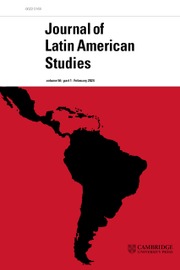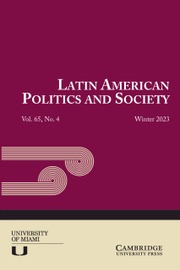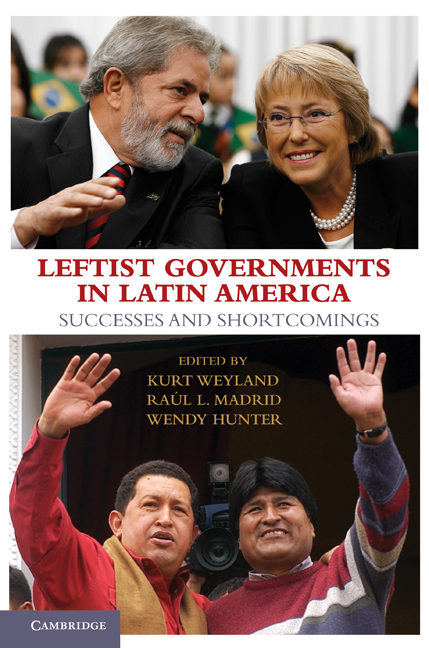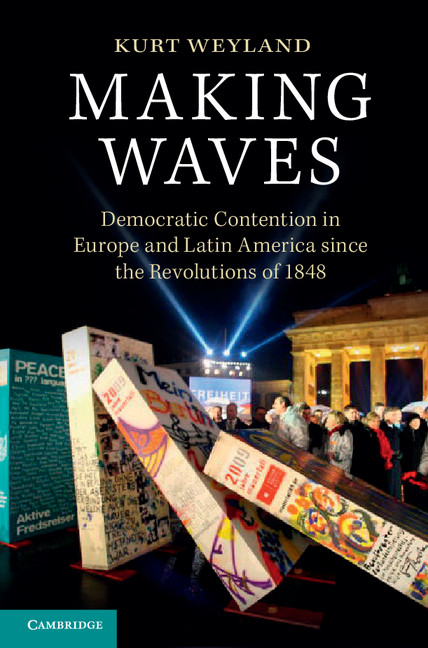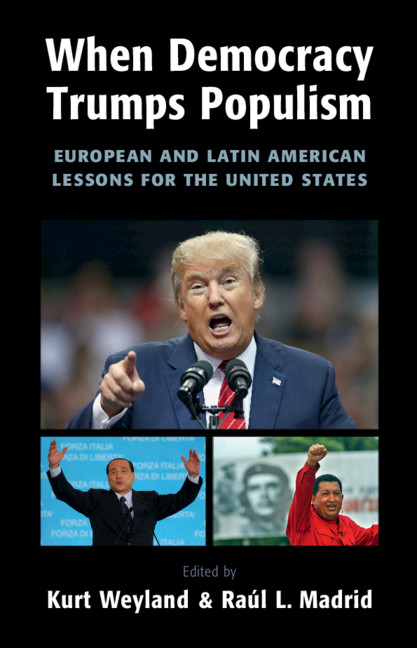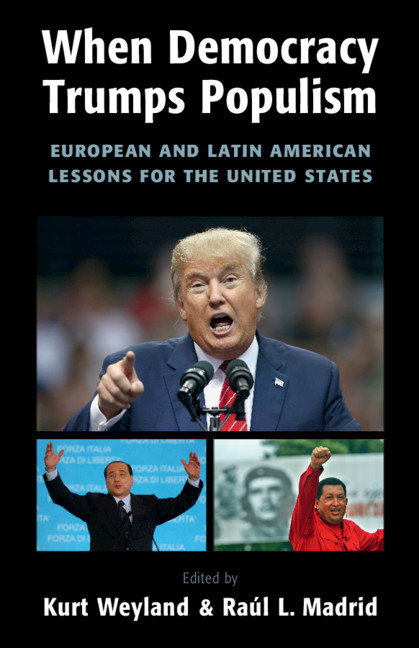Revolution and Reaction
Why did so many Latin American leftists believe they could replicate the Cuban Revolution in their own countries, and why did so many rightists fear the spread of Communism? Cognitive-psychological insights about people's distorted inferences and skewed interest calculations explain why the left held exaggerated hopes and why the right experienced excessive dread. The resulting polarization provoked a powerful backlash in which the right uniformly defeated the left. To forestall the feared spread of revolution, the military in many countries imposed authoritarian regimes and brutally suppressed left-wingers. Overly worried about the advance of Cuban-inspired radicalism as well, the United States condoned and supported the installation of dictatorship, but Latin American elites took the main initiative in these regressive regime changes. With a large number of primary and secondary sources, this book documents how the misperceptions on both sides of the ideological divide thus played a crucial role in the frequent destruction of democracy.
- Examines how progressive initiatives provoked a reactionary backlash and highlights paradoxical political events and their tragic consequences
- Demonstrates the cognitive distortions and deviations from rationality that affected a wide range of political forces
- Speaks to the ongoing debate about rationality in political science and thus makes a theoretical contribution that goes far beyond the specific substantive topic
Reviews & endorsements
‘Revolution and Reaction is an excellent book by a leading scholar.’ Scott Mainwaring, Democratization
Product details
May 2019Hardback
9781108483551
320 pages
235 × 157 × 21 mm
0.57kg
3 b/w illus. 1 table
Available
Table of Contents
- Part I. Theoretical Considerations:
- 1. Introduction
- 2. The difficulty of accounting for reverse waves
- 3. A theory of reactionary waves
- Part II. Revolution and the Reactionary Backlash in Latin America:
- 4. Diffusion effects of the Cuban Revolution
- 5. Waves of radicalization and reaction
- 6. The imposition of institutional authoritarianism
- 7. Horizontal diffusion and vertical promotion in the autocratic wave
- Part III. Comparative Perspectives and Theoretical Conclusions:
- 8. Reactionary waves across history
- 9. Conclusion: theoretical reflections.




